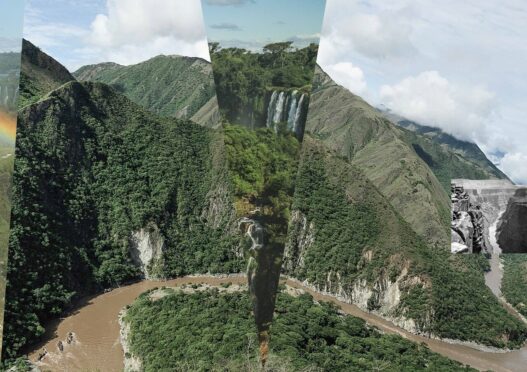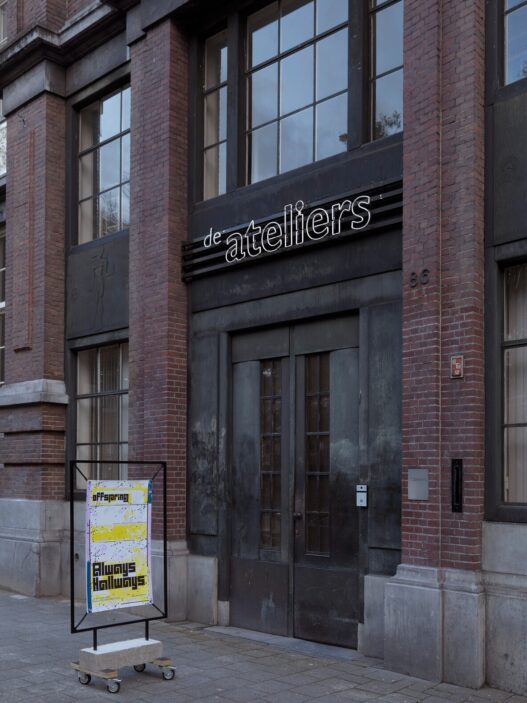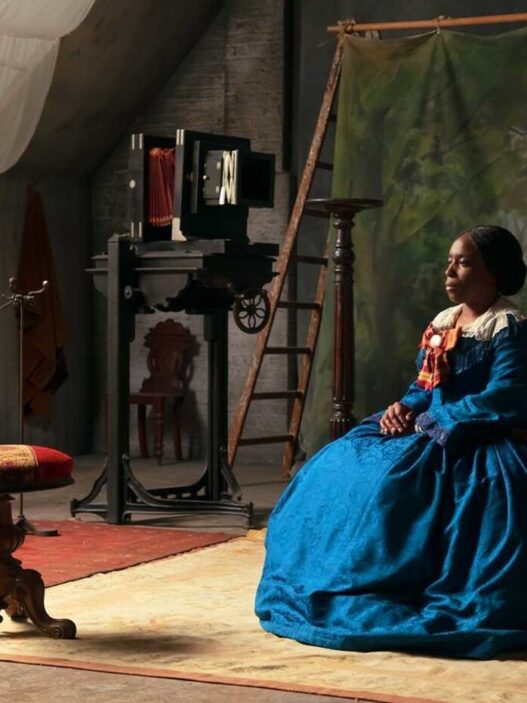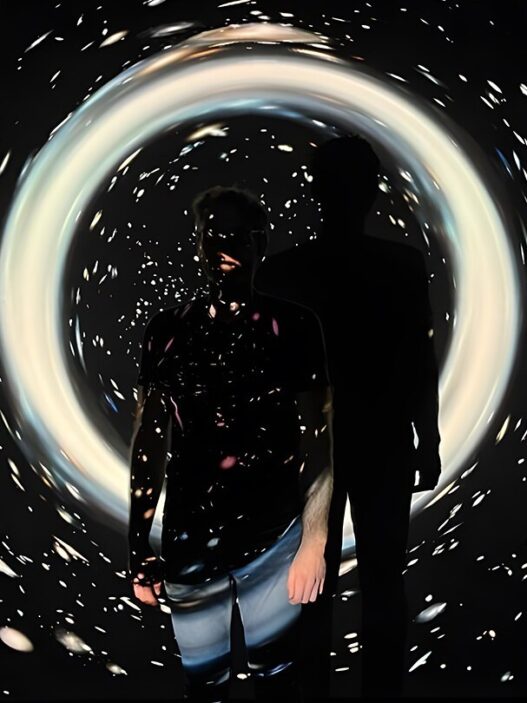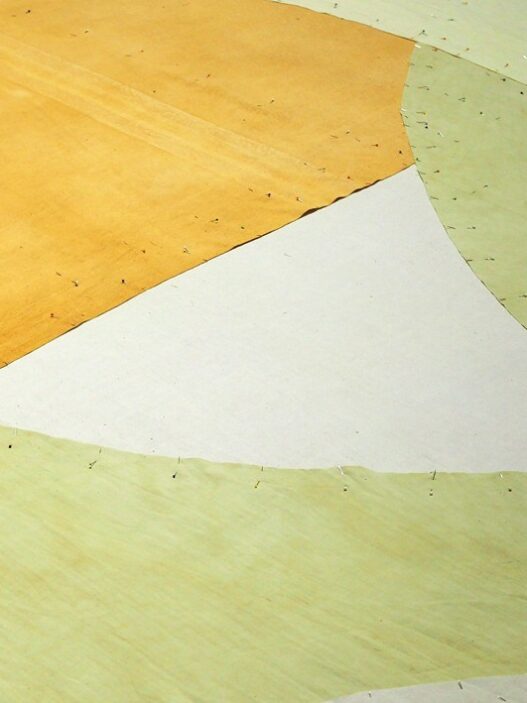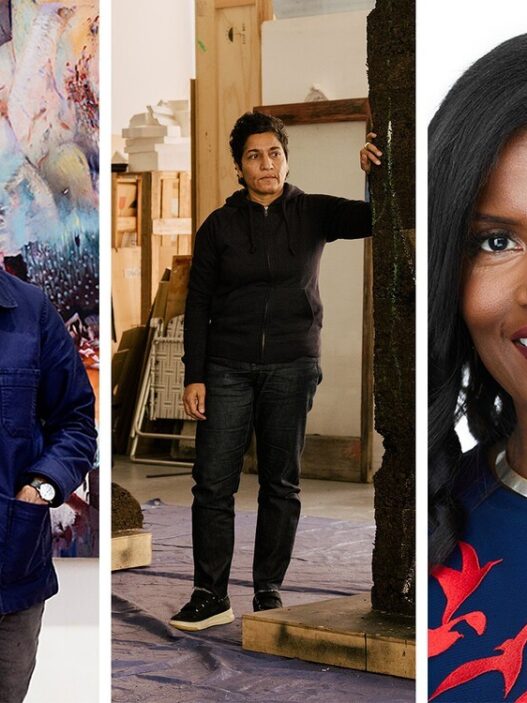October 27, 2022–January 8, 2023
Artist talk by Bojan Mrđenović & Hira Nabi: October 26, 5:30–7pm
Opening: October 26, 7pm
With an emphasis on the need for a new relationship through tactics of healing, Black Dogs and Red Forests brings together international artists who explore the connections between the horrific legacy of colonial-extractivist activities and their impact on the natural environment.
The display could be viewed as the sequel to the group exhibition Possessed Landscape (2020). That display highlighted the ways in which industry’s possession of land through endless extraction is dislodging Indigenous notions of land as inhabited by ancestors, resulting in a pervasive landscape of greed and detachment.
The two new commissions by Jim Jasper Lumbera and Hira Nabi, who were awarded the Edith-Russ-Haus Media Art Grant, serve as the foundation for Black Dogs and Red Forests. Both began their research-based inquiries into local histories of extraction as a tool to consider ecologically devastated areas before shifting their focus toward the idea of the embrace and potential healing of such settings.
The “black hound” creature from the Philippines’ collective imagination who stalks the streets after diseases brought on by conflict is the subject of Jim Jasper Lumbera’s art. The Black Dog That Leads to The ongoing ecological devastation and the colonial history of the Philippines are both addressed by cholera, particularly the way in which indigenous idioms of resistance were developed in response to widespread fear, invasion, and pollution. This multi-part installation has odd resonances with the COVID-19 outbreak at the same period. A live broadcast of a memorial in the Philippines can be found next to modified historical colonial pictures that seek new meaning in abstraction and invoke the ghost of the Philippine vernacular that resists colonial framing. This tribute, which is in the shape of a floating indigenous tree, was built by the artist in Batangas near the Taal volcano. The partnership between people and engkantos, spirits who live in the landscape and directly interact with and protect the Indigenous Peoples of the Philippines, is described in this pre-colonial oral tradition.
How to Love a Tree, a four-channel video work by Hira Nabi, is set in the Pakistani town of Murree and its surrounding forest. The unique location of Murree, which was founded as a garrison town in 1853 after the establishment of a sanatorium for colonial officers, was discovered during the artist’s research into what a healthy colonial body is. To create these “healing zones,” British administrators cordoned off common areas throughout their colonies in South Asia. These bucolic hill stations preserved settler-colonialist fantasies of pastoral England because they were far from “infested” urban regions. In actuality, these locations defined segregation in terms of health, sanitation, and military strategy. This area, which is today a place of exhausted geography, is still being invaded by extraction and invasion since the soil cannot support the tourists who travel along well-worn colonial routes. “This work it is my attempt to gather together narratives and testimonies for the ways in which extraction has been commanded, and how entire species of human and non-human beings have been subjugated, but not without leaving behind their own traces of resilience,” says Nabi, who collaborated with local musicians to compose and orchestrate intimate forest concerts as healing offerings.
Through their research-based initiatives, Esther Neumann and Bojan Mrenovi have been chronicling the horrific beauty of ruined landscapes for years. Neumann made research excursions to Chernobyl in 2005, accompanied by an interpreter and a driver from the Ministry of Disaster Management, to observe the effects of long-term radioactive radiation in close proximity to the abandoned town of Pripyat. Young trees have sprang out despite the intense radiation, and the artist believed that their profusion of plant was almost like a gesture of forgiveness. The animation piece that resulted from Neumann’s effort depicts Hannah’s garden, an elderly woman who resisted leaving the area. Although stunning, her flowers are also unsettlingly luxuriant. In his photo series, Mrenovi demonstrates how waste from atomic and chemical operations has produced gorgeously colorful yet deadly landscapes with otherworldly characteristics. These seemingly uninhabitable places serve as testaments to the landscapes that need mending and care under a global extractivism as well as proof of how effectively humans can adapt to drastically altered circumstances.
The intricate video and sculpture piece by Carolina Caycedo explores both social and aquatic bodies to explore environmental historical memory. In the 2017 film To Stop Being a Threat and to Become a Promise, the impact of infrastructure on social bodies is examined, as well as how Indigenous viewpoints and knowledges may be very useful in addressing the challenges the planet will face in the future.
Artists: Carolina Caycedo, Jim Jasper Lumbera, Bojan Mrđenović, Hira Nabi and Esther Neumann
Edith-Russ-Haus for Media Art
Katharinenstraße 23
D-26121 Oldenburg
Germany
Hours: Tuesday–Friday 2–6pm,
Saturday–Sunday 11am–6pm









